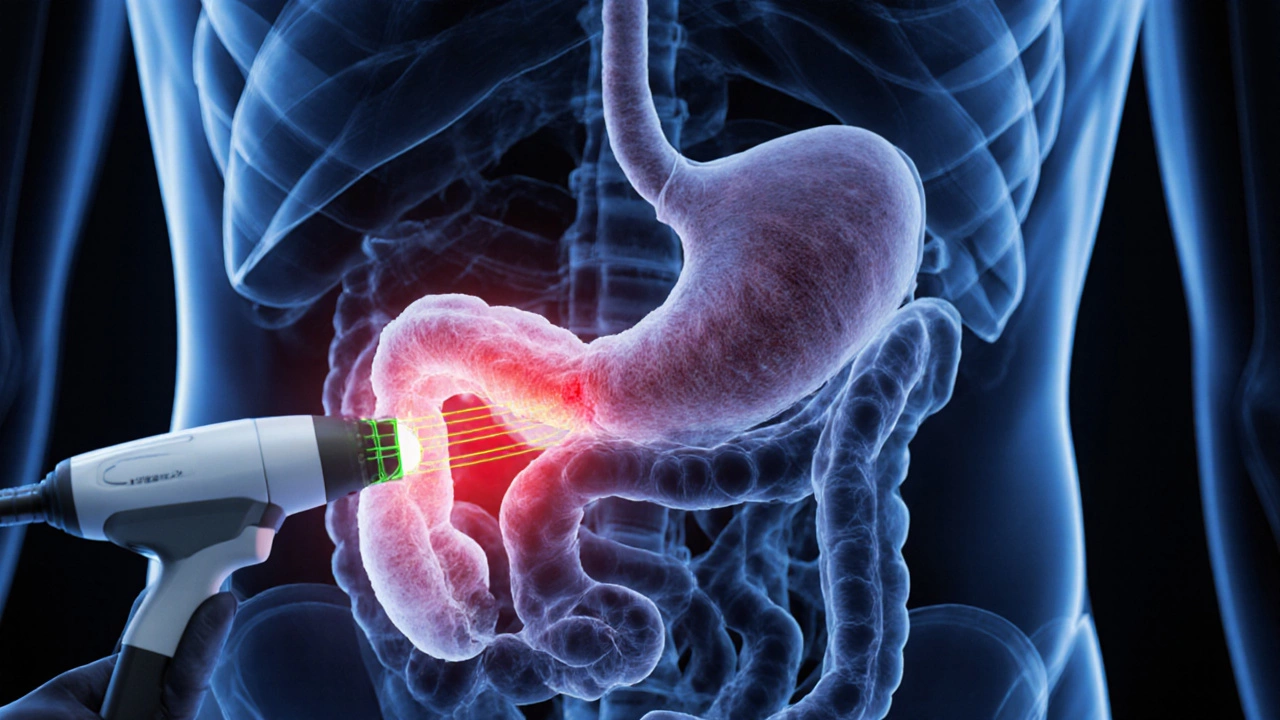Fastest Killing Cancer: What You Need to Know
When talking about fastest killing cancer, the disease that claims lives most quickly after diagnosis. Also known as most aggressive cancer, it typically belongs to the group of deadliest cancers, cancers with the highest mortality rates worldwide. Understanding this entity helps you see why early detection and aggressive treatment matter.
Why Speed Matters: Symptoms, Stages, and Treatment Options
Fast progression means symptoms often appear suddenly and worsen fast. Common warning signs include unexplained weight loss, persistent pain, and rapid fatigue. These clues tie directly to cancer survival rates, statistics that show how long patients live after diagnosis. In many cases, patients face stage 4 cancer, the most advanced stage where cancer has spread to distant organs. At this point, cancer treatment options, surgery, chemotherapy, targeted therapy, immunotherapy, and palliative care become critical. Effective treatment can slow the disease, improve quality of life, and boost survival percentages. Simply put, cancer treatment options influence survival rates and can turn a grim prognosis into manageable care.
Knowing the link between rapid disease course and early intervention is key. Researchers find that patients who recognize symptoms and get tested within weeks often fare better than those who wait months. This early action reduces the impact of the fastest killing cancer by catching it before it spreads. Below you’ll find a curated set of articles that break down the deadliest cancers, detail symptom checklists, compare treatment pathways, and explain what real‑world survival looks like. Dive in to get practical insights you can use today.






